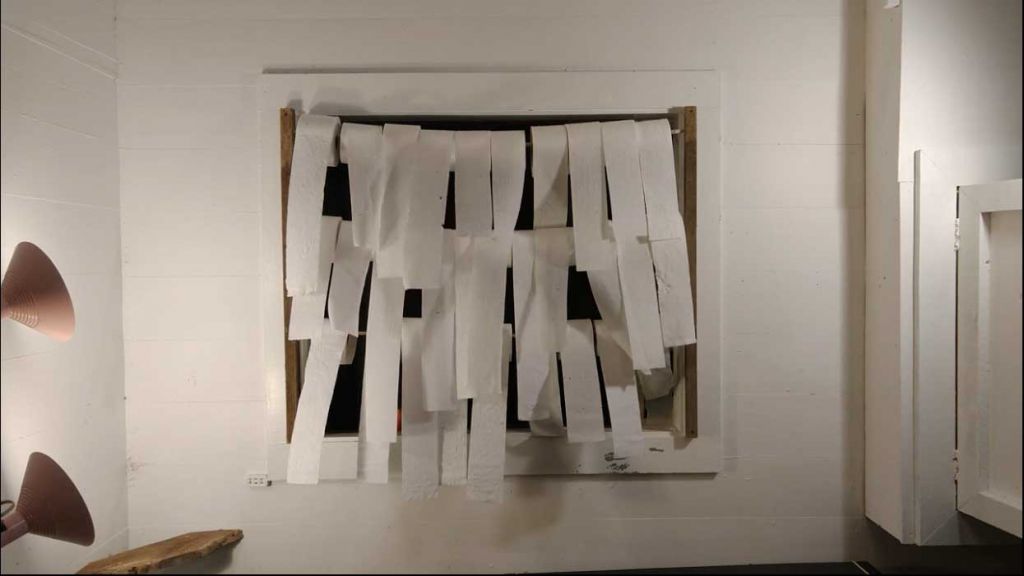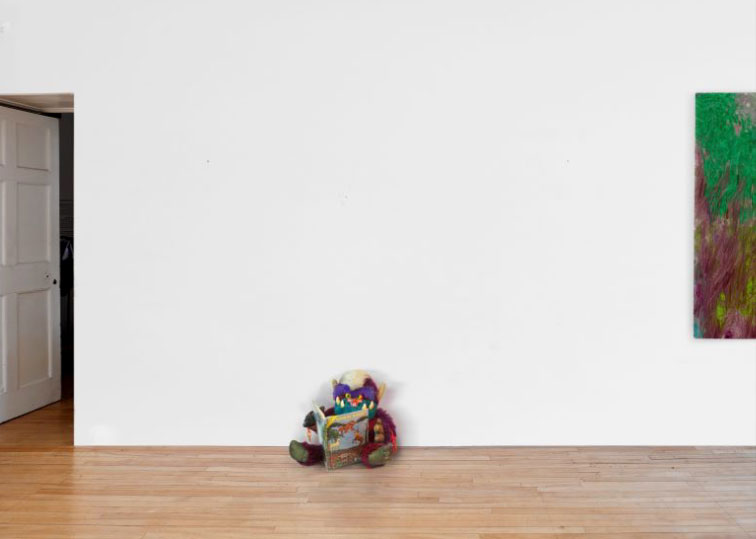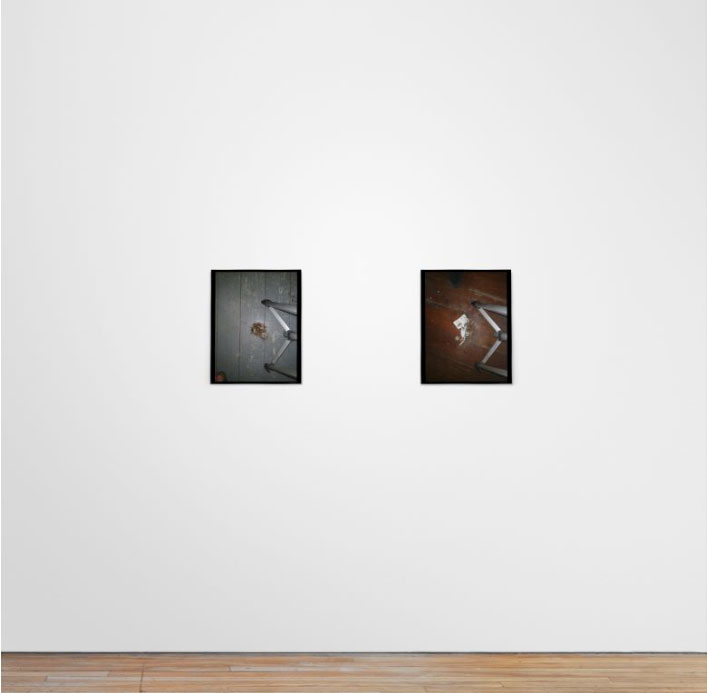Words by Charlotte Kent

Email exhibition is the transcoding this moment calls for. How could the email, in all its mundane glory, not become an exhibition space? Consider it a constraint. Or an opportunity. What can you do? Format playfulness into serious works, or serious with playful works. Insert the unexpected—link to works and sites. Design an inquiry. Share the co-development of media and digital art. View the co-histories of conceptual and digital art. Undo the pinging dread of email.
Siebren Versteeg’s In%20Memory is an email; a checklist of speculative objects, a series of links, and a PDF; together creating a daisy-chain as exhibition. Digital exhibitions have been on the rise amidst various forms of shutdown, as so many of us are responsibly curtailing our outings for the greater good. Many galleries launched digital viewing rooms, a persistence of the physical realm in a space that can do more. Other digital shows did not quite take into account the newness and were challenges to navigate, frustrating attempts as more and more tabs of not-the-show opened. But there have been great successes on the web, in Mozilla Hubs, and we are still exploring digital space. Bitforms’s webpage for the exhibit provides a space to leave your email address, after which you will receive the email that is the show. It is a charmingly irreverent approach to exhibition possibilities while also quite seriously invigorating our musings on how we might exhibit work digitally.
Siebren Versteeg is known for strategic digital interventions that detangle the omnipresent data stream from contemporary life [1]. His works explore ideas of connectivity in our global culture [2], the tautological nature of material and immaterial information, and the human spiritual condition in relation to the advancement of technology. In this email, you encounter an assortment of art objects from the whimsical to the depressingly serious. I won’t mention all of them since so much of the fun is the discovery process upon receiving the email.
Right now, Being There is the most distressing. A return to earlier work from 2004, Versteeg updates it with a current stream of CNN Live, interspersed with him seated in a waiting room staring dully at the screen, which sometimes reflects him. Occasionally, black screens with the date and time appear, an homage to On Kawara. Watching CNN Live and listening to the anchors’ platitudes is mind-numbing in any context. Contextualized within this work, overlayed by a generative soundtrack of an ominous toll, CNN and the media’s depiction of the United States becomes something far worse than spectacle.



In the United States, we may yearn for Manifest Destiny, but Versteeg’s always twisted things for another look, so that Destiny’s Manifest [3]. This is it. That Permanent Vacation [4] everyone used to want? Here it is. Neither There Nor There [5]. Versteeg’s work lays claim to the uncanny valley [6], a place where things are neither completely biological nor artificial. A Rose [7] is not A Rose [8], quite. Versteeg’s absurd objects tease out risky [9] questions, as the absurd does. It makes perfect sense, but not and makes us reexamine those conflicting contexts. As I’ve written elsewhere, the absurd [10] doesn’t preach or proselytize. Instead, in the moment when the logic of the system falls apart and we laugh at how or why or when that made sense, we’re also confronted with a choice. It’s not about life or death but the structures that construct how we conceptualize our world.
· Possible Living People uses Wikipedia’s strange catalog of those who are so old that one would think they are dead, except no obituary can be found, or indication of their current activities. How does such a thing exist. Except it does, and here we are.
· The Curtain is a two minute video meditation on toilet paper that seems all too apt given the recent all too Freudian obsession with it. It was the veil between the world we’d known and the newly vigilant one where cleanliness is all. There is humor here, but also a sense of calm and stillness as the rolls flutter in the breeze… Toilet paper as soothing.
· There’s a monster reading a monster manual, near an open doorway, titled Know Thyself. If only we were as adorable or studious.
· Sweepings presents two photographs of refuse but is also a comment on a culture of appropriation, which Versteeg adopts and critiques. It’s a tidy gesture. He invites it too, which inspired the form of this response.
Remember chain letters? Then, somehow, they became chain emails, so much easier to send on. For a while they proliferated with guilt trips about all the good luck that would not come to you if you did not share it with eight people you truly love. Or the recipe chains, or the poetry chains. All well-intentioned but somehow maddening. This is not that, though it could be if you passed it on insistently. More fun to share it unexpectedly. To present it as a treasure hunt. Or, an endurance challenge in Being There. This whole project is an experiment, nicely detailed in Katie Geha’s informative catalogue essay, but one that invites new hypotheses.
As the pandemic shifted the world truly and forcefully into the digital era, I want more than Zoom and digital installations. We need more fun adventures and experiments like this one. As Versteeg said back in 2013, “Digital art doesn’t have any implicit form.” [11 ]That’s an invitation beyond white walls and web sites, beyond the strictures and structures of what we know. This is where the future happens. Maybe. But it’s worth playing with it to see what happens. Which makes me think of Samuel Beckett’s Molloy and my conviction that we need the absurd to go on, to keep on: “In me there have always been two fools, among others, one asking nothing better than to stay where he is and the other imagining that life might be slightly less horrible a little further on.”





